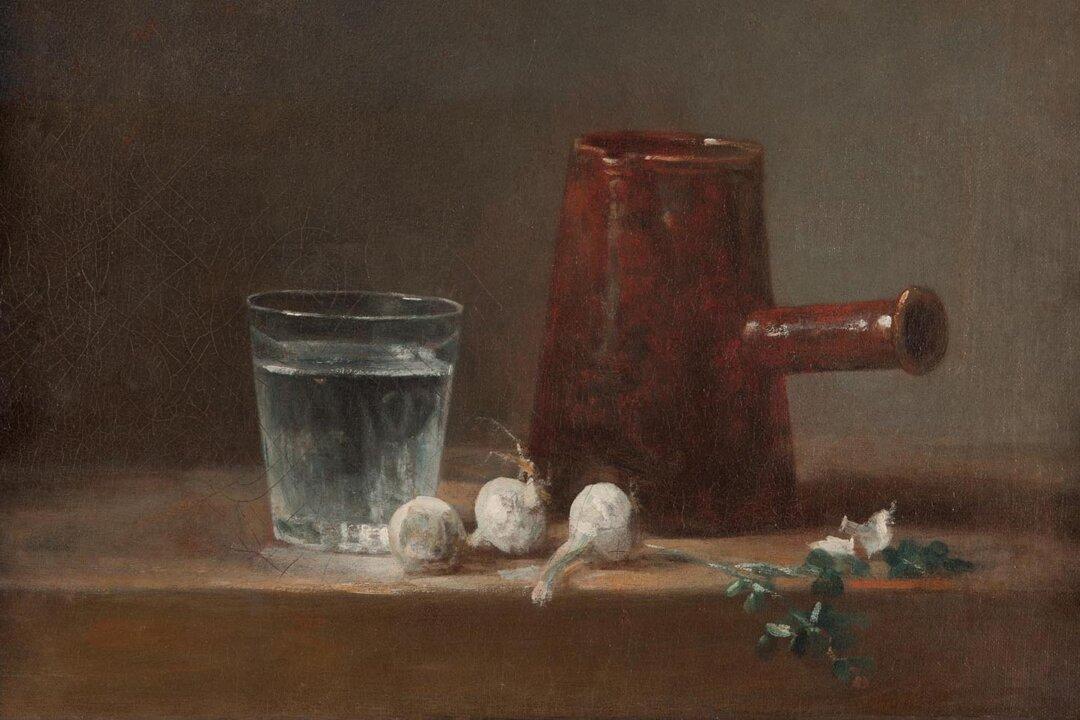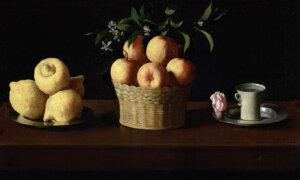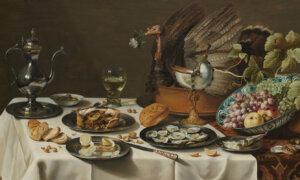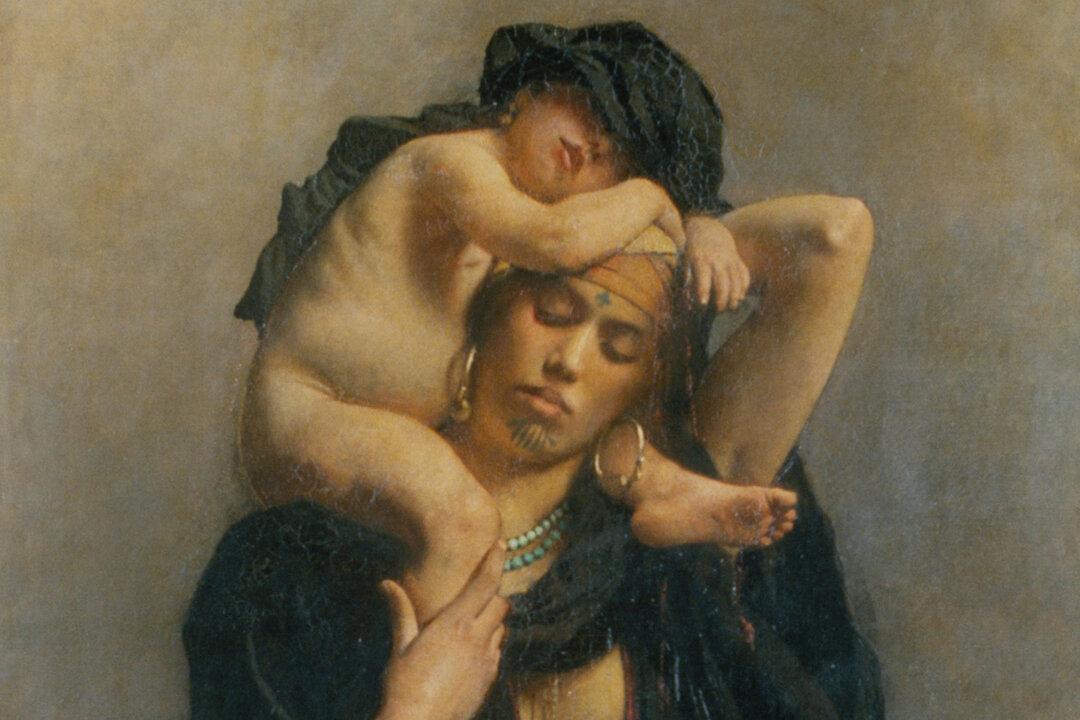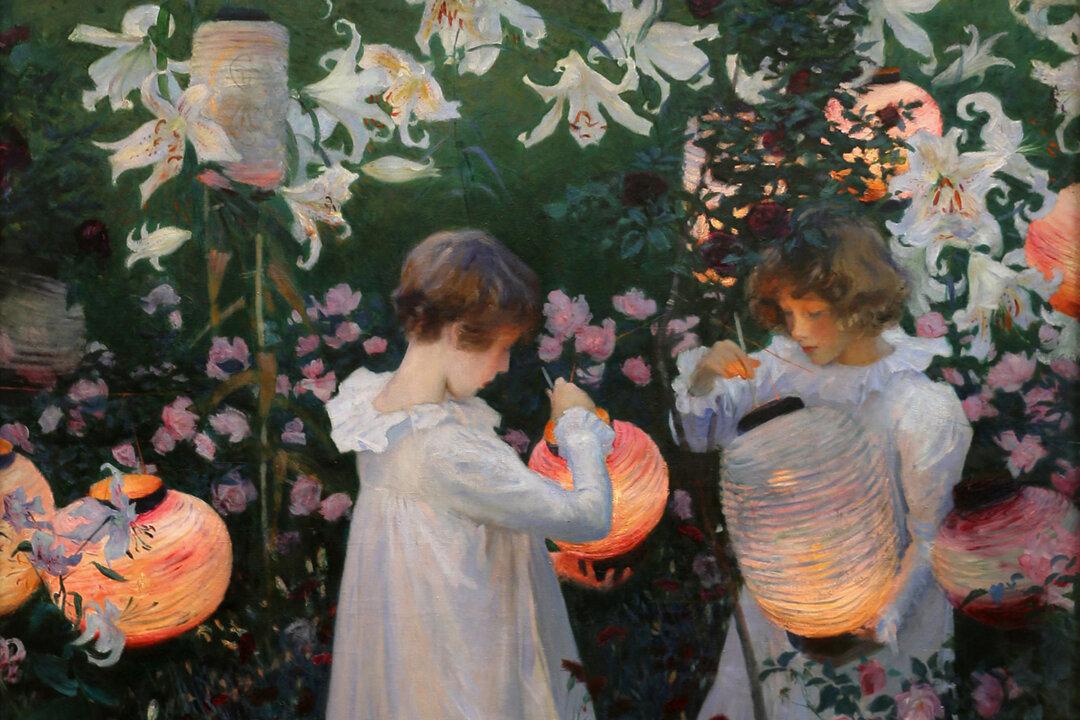Experiencing a painting of Jean-Siméon Chardin’s (1699–1779) is like warming your hands at a hearth. A Chardin enchants, drawing you into its contemplative world through the senses. The visual world expressed on canvas is so absorbing that you can hear its white noise, smell its aromas, and sense its stillness.
Denis Diderot, the 18th-century art critic, wrote about his experience at the Salon of 1767: “One stops in front of a Chardin as if by instinct, just as a traveler exhausted by his trip tends to sit down, almost without noticing it, in a place that’s green, quiet, well-watered, shady, and cool.” Diderot is not alone in commenting on the intuitively immersive spirit of Chardin’s paintings. Viewers of his art from the 18th century until today characterize Chardin’s oeuvre as a threshold to inner life.
‘Glass of Water and Coffeepot’
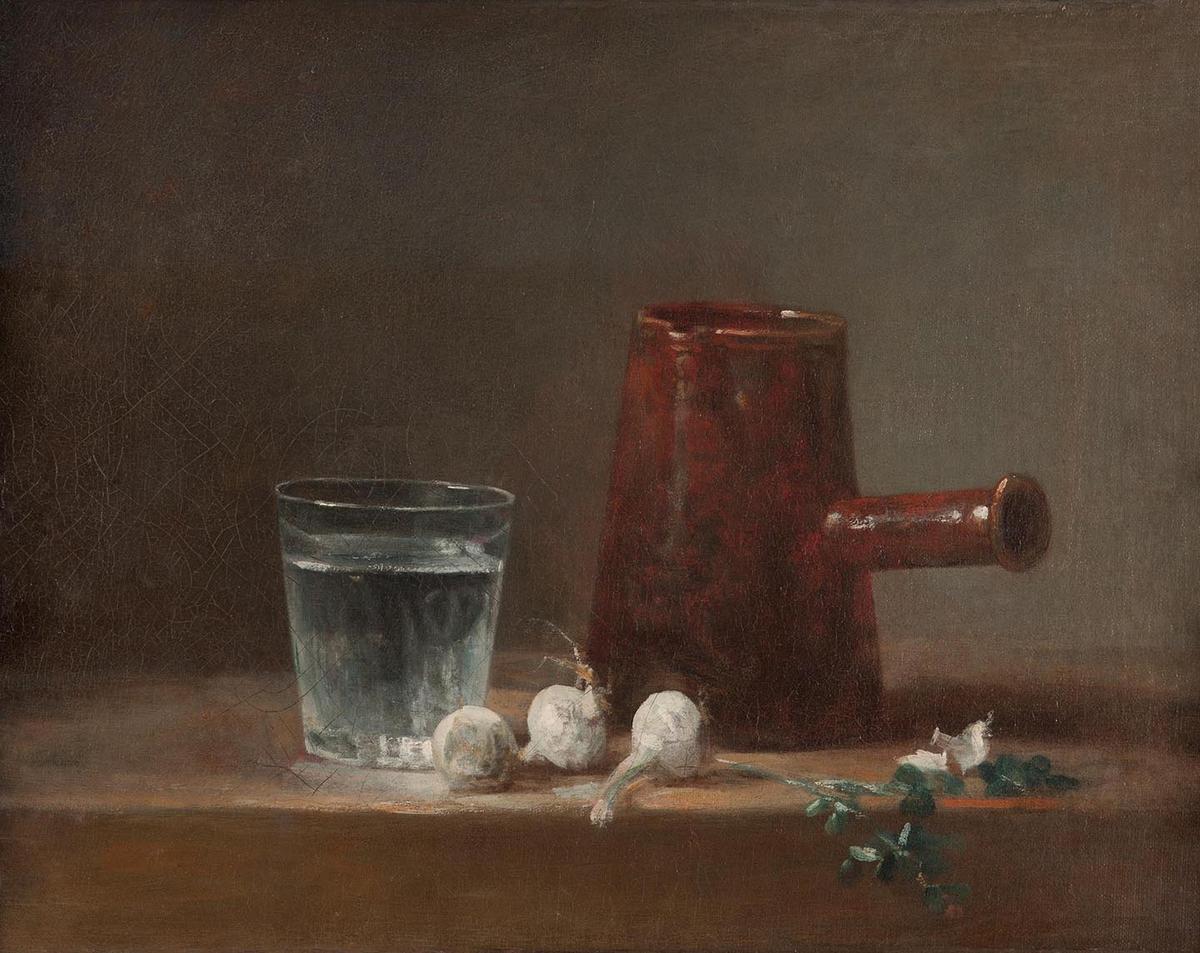
In his still life “Glass of Water and Coffeepot” (1761), Chardin paints a simple composition of garlic bulbs, copper coffee pot, and glass of water. The coffee pot and water glass are abbreviated cones—their forms inversions of one another—creating compositional balance. While the charred coffee pot is opaque, painted in mottled, rusty terracotta with apricot-tinted highlights, the glass is transparent, rendered in a deep phthalo with specular misty highlights.
Three bulbs of garlic are painted with papery skin that flakes like ancient wallpaper. The use of opaque pigment in the highlights establishes dimensionality, presaging Chardin’s transition to pastel paintings in the 1770s (the last decade of his career).
Continuing to juxtapose opposites for a harmonious effect, Chardin establishes the light source to the left of the composition, in front of the picture plane, creating value contrasts with the glass and coffee pot. In this way, the earth toned background gradates from shadow to light, the light glass arranged in front of the darkest moment on the wall while the blackened copper vessel stands in front of the lighter part of the wall.
Incandescent Plums
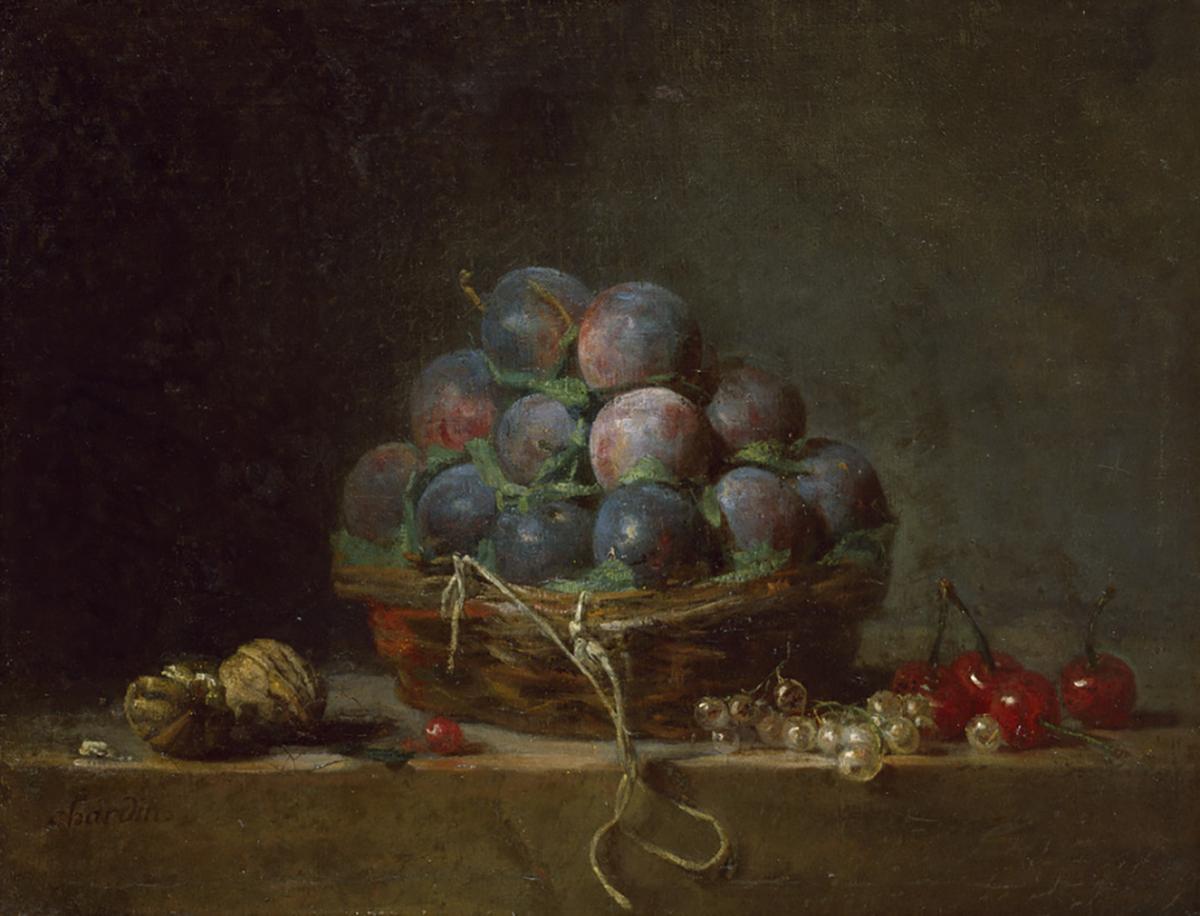
“Basket of Plums” (1765) depicts a wicker basket heaping with plums amidst a smattering of cherries, currants, and walnuts. A twisted piece of hemp, tied to the basket for use as a handle, flops over the contour of the stone ledge, forcing its way into the viewer’s space just as the garlic’s stalk and flowering stem overflow in “Glass of Water and Coffeepot.” One of the plums stands out as especially incandescent, its skin rendered with dusty pastel highlights that evoke the fuzzy coating of wax bloom.
Scattered about the wicker basket, the carefully arranged white currants and red cherries are glossy and translucent, their spherical bodies reflecting the light source. An errant red currant has wandered off to the left, straying from its family, its placement alluding to red notes in the wicker basket and cherries. Next to it, two walnuts lean toward each other, their woody, fibrous quality brought to life by chalky drags of paint.
Enchantment and Absorption
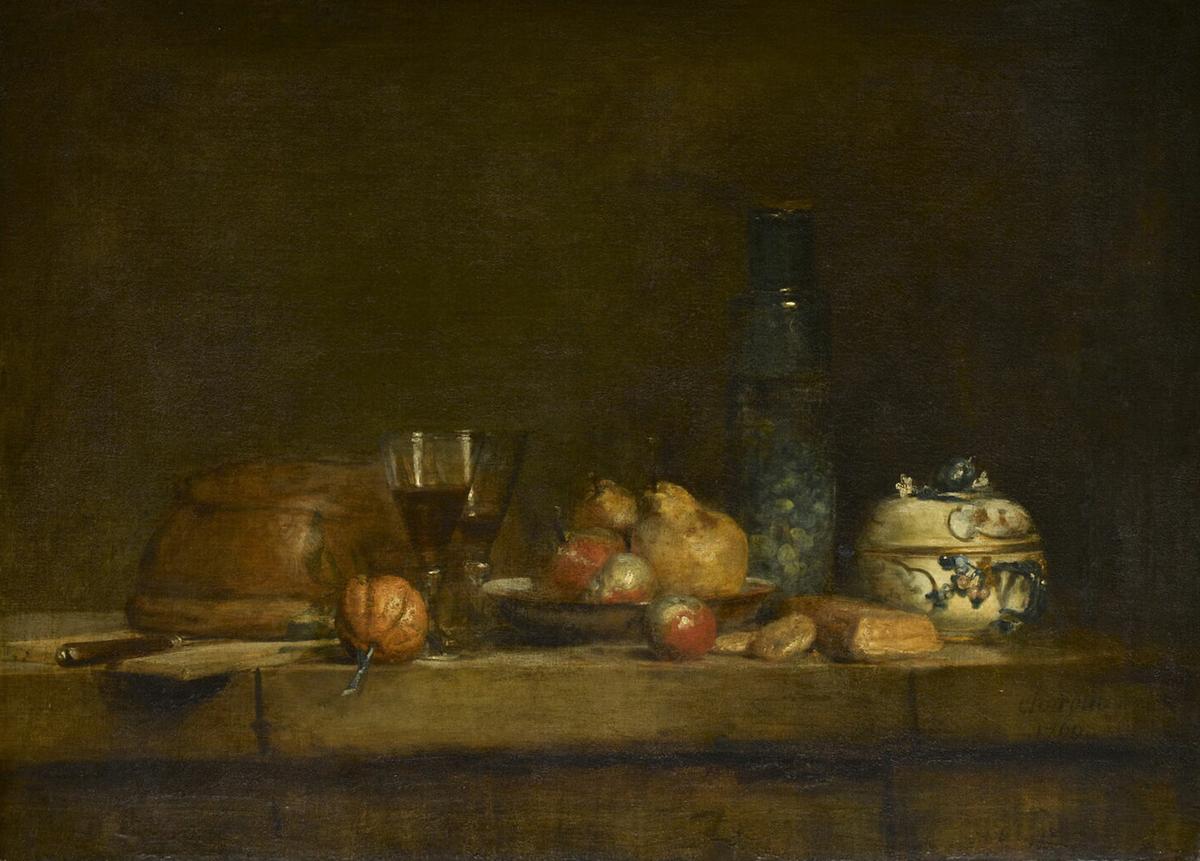
Diderot, remarking on Chardin’s “Jar of Olives” (1760), wrote, “Oh Chardin! It’s not white, red, or black pigment that you crush on your palette; it’s the very substance of the objects, it’s air and light that you take up with the tip of your brush and fix onto the canvas.” Certainly, the distance between nature and representation is collapsed in a Chardin.

